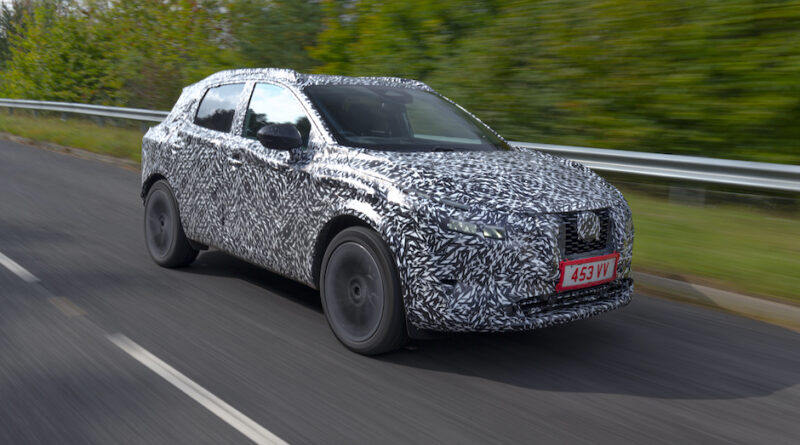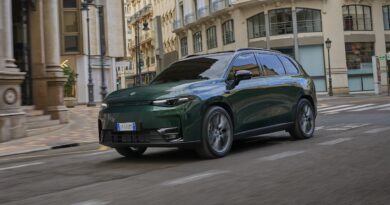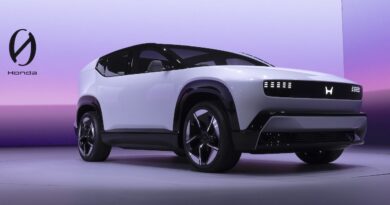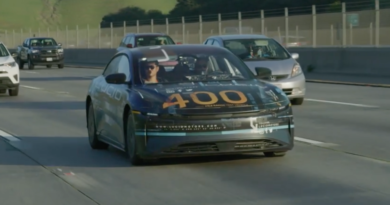Toyota sales boost Nissan hybrid hopes
Nissan Australia is taking heart from big sales for the Toyota RAV4 Hybrid as it edges closer to launching its own electrified SUVs.
The next arrival in Nissan’s local line-up will be the Leaf e+ battery electric hatchback in early 2021, with the pure electric Ariya SUV also edging closer to official confirmation for Australia.
But Nissan is also committed to launching the hybrid e-Power range-extender system in multiple models starting with the next-generation X-Trail and Qashqai SUVs as soon as 2021.
The US version of the new-generation X-Trail, which is known as the Rogue, has been shown off, while images of the next Qashqai in camouflage have been released by Nissan – see above.
All up Nissan has committed to electrifying in some form or other 30 percent of its local range by 2022.
The RAV4 was Australia’s top selling car in July and August 2020 with the vast majority of sales accounted for by hybrids.
“If I said two years ago the number one car in sales in Australia is going to be a hybrid, you would have laughed me out of the room,” said Nissan Australia managing director Stephen Lester. “Two years, that’s all it took.”
E-Power uses the petrol engine as an onboard generator to charge the battery that in-turn powers the motor, driving the car (the Holden Volt and BMW i3 Rex used a similar system). As far as Nissan is concerned there are several benefits to this format, most notably it means performance more like an EV rather than a petrol-powered car.
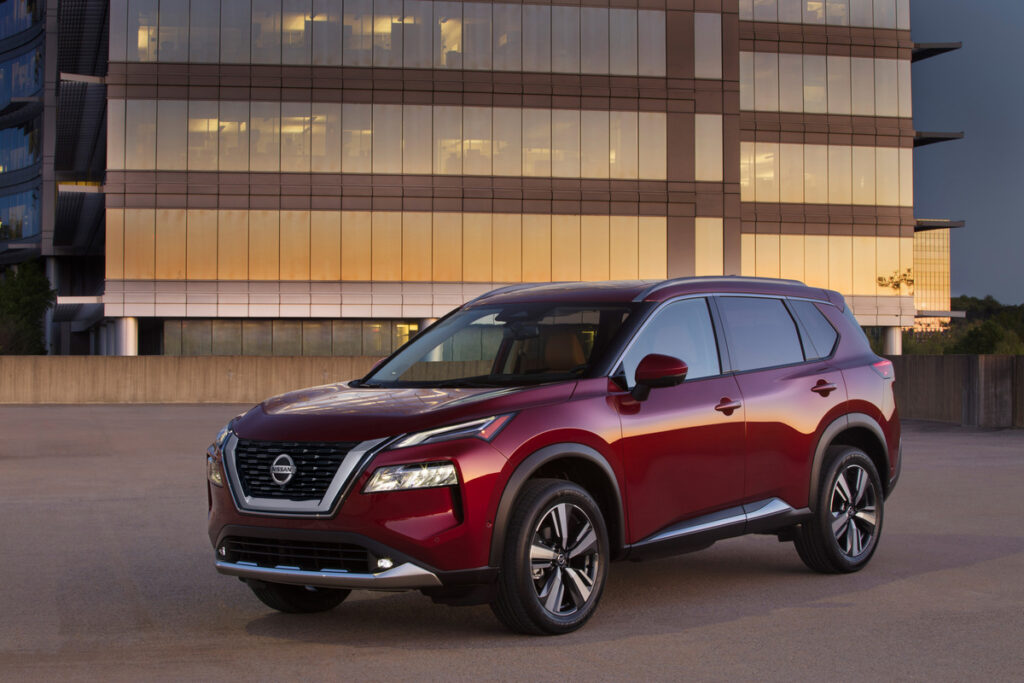
Because it is only generating battery charge rather than driving the car, the petrol engine is able to run at its optimum RPM to help reduce fuel economy. And, by using the petrol engine to keep the battery topped up, e-Power models don’t need large, heavy battery packs like a full EV.
By comparison, the RAV4 Hybrid is a far less sophisticated system. Like all Toyota hybrids, the e-motor supplies limited assistance to the internal combustion engine (ICE), rarely runs on its own and like e-Power cannot be recharged by plug.
“There’s not much limitation or where or how e-Power can be used,” said Lester. “E-Power gives us that full electric to the wheels experience in addition to some other fully electrified product and I think we have a number of nameplates on our Australian shores today that will be well suited to E-Power.”
Nissan Australia is yet to offer launch timing for X-Trail and Qashqai, but both are expected to arrive in time to help achieve the 30 percent goal.
Meanwhile, the Leaf e+ will join the standard BEV Leaf in the Australian market. It boosts battery capacity from 40kWh to 62kWh, e-motor output from 110kW to 160kW, adds faster DC charging and grows range from about 250km to a WLTP-verified 385km. Pricing is expected to rise into the $60K bracket.
“It’s another step, simply another step,” Lester said. “It gives us another answer to questions that consumers are asking, it gives us another answer to objections.
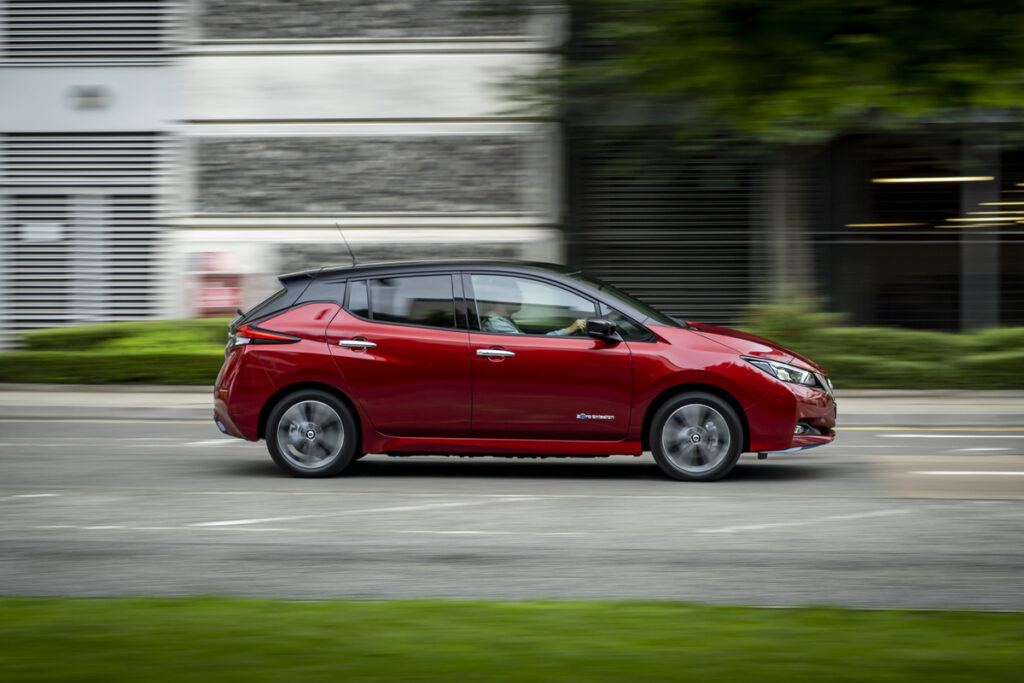
“It gives us another example where now we can talk about two models and two different variants for electric vehicle consumers, the same way other car brands are bringing that extra choice into the market.”
“The reality for electrification is that until we as a group – all manufacturers – deliver enough choice there is no compelling proposition collectively for consumers to move en-masse to electrification,” Lester said.
“That’s an inevitability for every product that’s out there. Beer sales would drop to zero if there was one choice per brand and yet there is a proliferation.
“Everything would change without choice, there is no doubt about that. So we need to continue – as one brand – to diversify our range of choice for consumers to attract more people in and when that happens you’ll see that take off and it will move quite quickly.”
But Lester also cautioned a dramatically quick uptake of EVs would defy history.
“Are we going to flick the switch and everyone is going to buy an electric car? No of course not. It’s never happened with any technology that’s out there.
“You look at the proliferation of smartphones. If you had shown that same smartphone to a consumer in 2004 they would have looked at it and gone ‘$1000 for that are you out of your minds?’”

